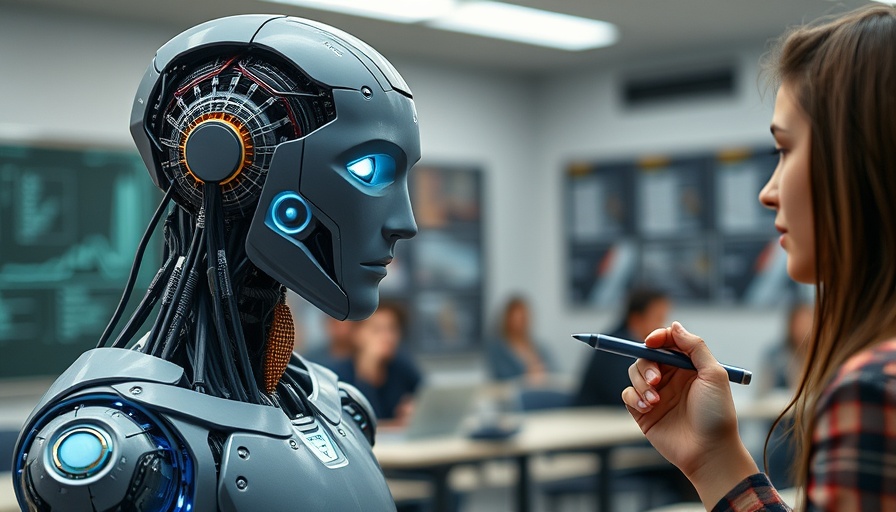
The Rise of AI in Education: What’s at Stake?
In recent years, artificial intelligence (AI) has made significant inroads into the education sector, promising efficiencies and personalized learning experiences that traditional teaching methods could never achieve. From adaptive learning platforms to AI-driven grading systems, the educational landscape is increasingly dominated by technology. But the essential question remains: can these systems genuinely replace the irreplaceable human touch of a dedicated teacher?
Understanding the Human Element in Teaching
At the heart of education is a profound, often unquantifiable aspect: the connection between teacher and student. While AI can convey information and simulate responses as a traditional educator might, it lacks the emotional intelligence required to foster genuine relationships. Teachers inspire, motivate, and support their students through challenges—qualities that algorithms cannot emulate.
The Risks of AI-Enhanced Learning Environments
A recent study indicated that reliance on AI could potentially reduce students' brain activity and memory. While technology can be a powerful tool, the inherent danger lies in its overutilization. When students depend on AI for learning, they may miss the nuances of critical thinking, self-discovery, and the important teachings of failure that a human educator would naturally guide them through.
Counterarguments: The Technological Edge
Proponents of AI in education argue that it can level the playing field for students with varying learning needs. AI can provide personalized lessons that adapt based on a student’s progress, enabling advanced learners to move forward while giving additional support to those who struggle. It's important to recognize this potential, yet it must be integrated thoughtfully to avoid compromising the essential human interactions that underpin successful learning.
Historical Context: Evolution of Educational Methods
The integration of technology into classrooms is not a novel concept. In fact, the rise of educational television and computers revolutionized teaching methodologies decades ago. However, AI represents a paradigm shift that blurs the lines between instruction and automation. A closer examination of past technological shifts reveals patterns of adoption that often sideline the need for personal interaction.
The Future of Teaching: Finding a Balance
The future of education lies in a hybrid approach, utilizing AI as a supplement rather than a replacement for human teachers. Imagine a scenario where an AI provides tailored resources for individual learning, while the teacher focuses on fostering interpersonal skills, social dynamics, and emotional support—elements that are crucial for a well-rounded education.
Call to Action: Reaffirming Core Educational Values
As AI continues to carve a prominent role in classrooms across America, it is imperative that educators, parents, and policymakers prioritize the human aspect of teaching. Investing in teacher training that includes technology literacy alongside emotional intelligence is essential to ensure that the essence of education—the mentorship, care, and inspiration from teachers—isn't lost in the digital shift.
The discourse around AI in education needs to be ongoing, with a focus on balancing technological advancement with the irreplaceable qualities of human connection. Education represents more than just knowledge transfer; it's about shaping minds and nurturing souls. Let’s ensure we protect those values for future generations.
 Add Element
Add Element  Add Row
Add Row 



Write A Comment